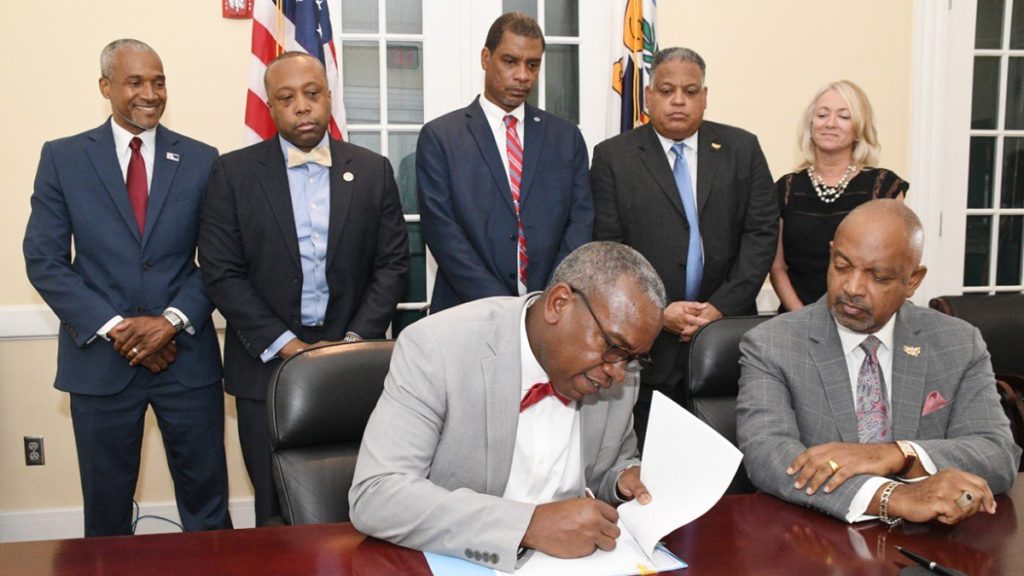“Jacques Cousteau couldn’t find the bottom.”
The legendary explorer came here to the Ocean Hole in Eleuthera in 1971, drawn to one of the stunning inland sikholes called Blue Holes of which there are more in The Bahamas than anywhere else on earth, some explored, some not, many with unknown depths.
“This is the paradise of Rock Sound,” Leitha Tinds says from the doorstep of her home directly adjacent to this marine wonder. “From when I was a little girl, it’s always been a special place. People come here from all over the world.”
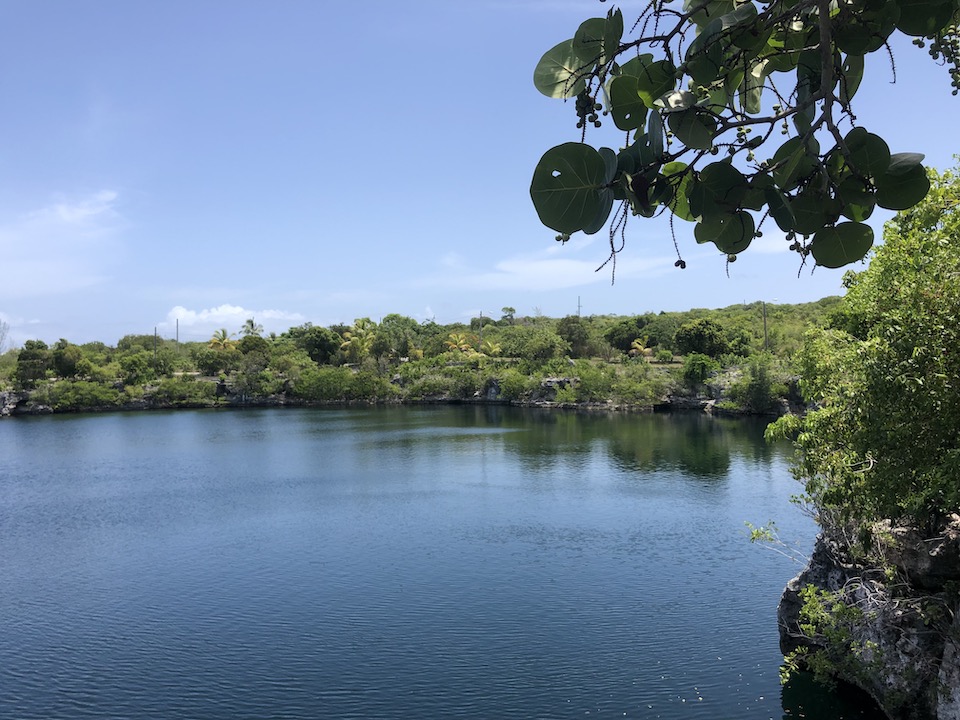
And that’s long been true of Eleuthera, the long, thin, curling island 112 miles long and never more than a short stroll wide, the next island east of Nassau in The Bahamas chain but a universe away.
There are several ways to navigate around Eleuthera, but they’re all largely vertical. You can fly south to airports like Rock Sound and Governor’s Harbour, both accessible from the US mainland, or you can fly to North Eleuthera and make the journey down the expanse of the island.
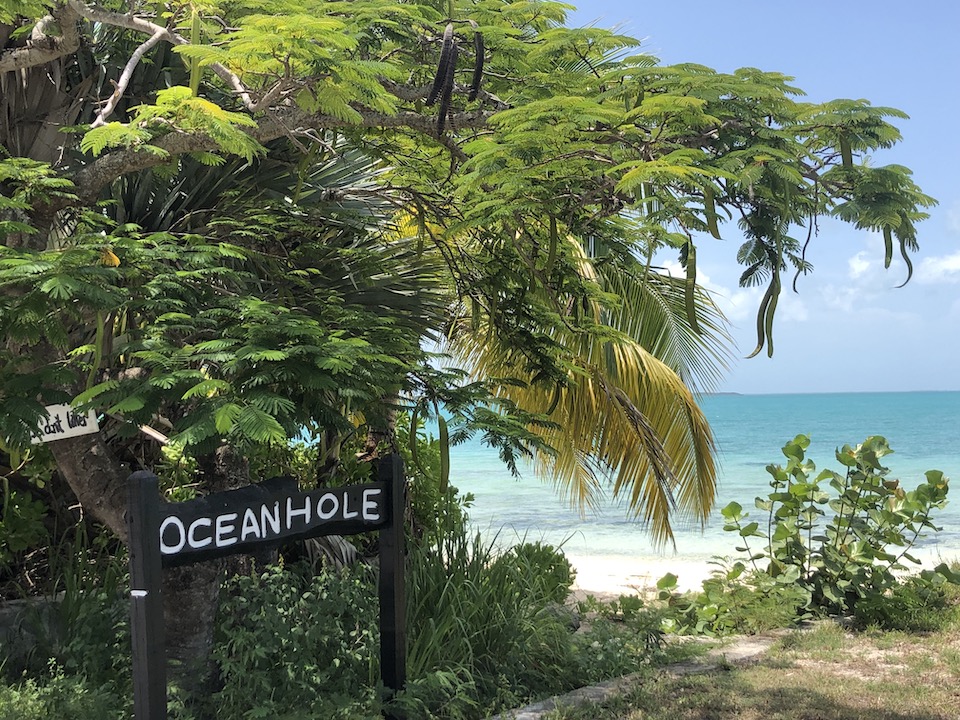
The latter is the most rewarding journey.
North Eleuthera is most heavily trafficked for travelers heading to the chic enclave of Harbour Island, who turn north and in just about 10 minutes by boat and ferry from the airport, have reached one of the Caribbean’s capitals of cool.
But those who turn south find what is one of the most exotic, beautiful and still largely under-the-radar destinations in the region.

Driving by car down Eleuthera shows travelers a landscape that is constantly changing; at one point you’re straddled by impossible blue coastlines; a few moments later you’re consumed by thick brush. The next you’re sailing past grain silos and pineapple fields.
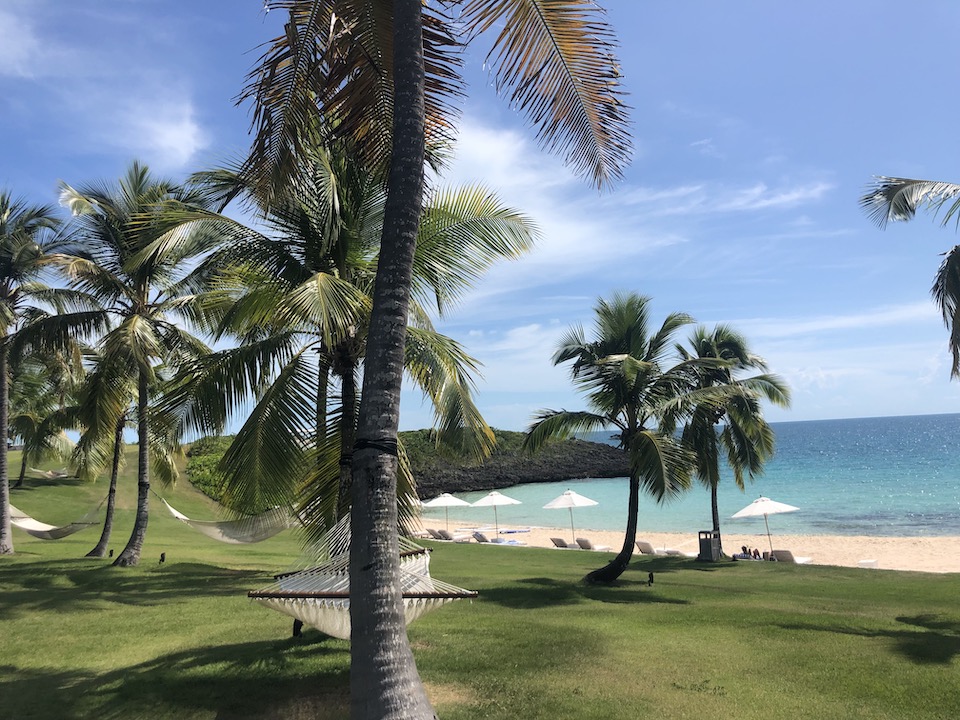
You can’t trust your map or your watch; it will take as long as it takes, every move southward a different rung of the steps on Eleuthera’s ladder.
Eleuthera itself has constantly been changing, especially in the modern period, from the days when Arnold Palmer used to play Cotton Bay and Billy Jean King was the club pro at Cape Eleuthera, to its latest incarnation, as a haven for those in search of another side of The Bahamas.
Today, Eleuthera is many destinations in one, from The Cove, Eleuthera the luxury resort that’s one of The Bahamas’ best, to Jack’s Bay, the resort community that will be the home of Tiger Woods’ first golf course design in the Caribbean, to a small but robust collection of boutique hotels and villas.
And then there’s Cape Eleuthera, the massive peninsula in southern Eleuthera that is one of the largest, most impressive pieces of land you’ll find in The Bahamas — and also home to the island’s best marina.
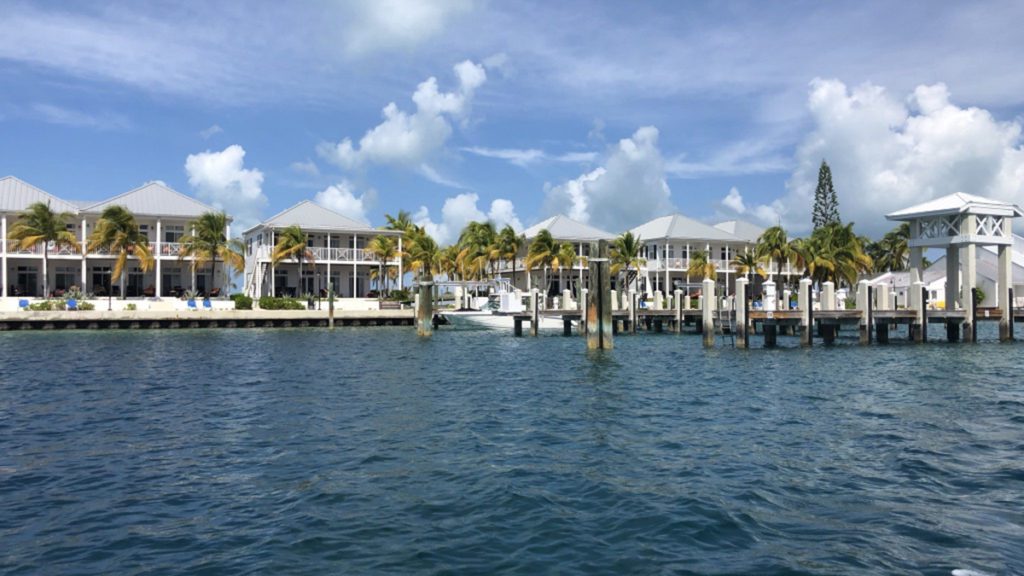
Further down the island you get to Surfer’s Beach, hidden among the brush, a terrific destination for swells, or the charms of Governor’s Harbour, the historic little seaside town.
And then you get to Rock Sound and the Ocean Hole and you drive past Jack’s Bay and past Tarpum Bay and you keep going, until you eventually get to what is Eleuthera’s only fork in the road.
This is where Eleuthera’s long, thin, curling body sprouts a mermaid tail, and you can go right or left.
To the right you’ll head toward Cape Eleuthera, thousands of acres and some of the best deep-sea fishing in the hemisphere and the home of the Island School, the world-famous academic outpost and research station.
But right before you get there, if you remember to turn left at the Methodist Church, you’ll find the most remarkable bonefishing waters in Eleuthera.
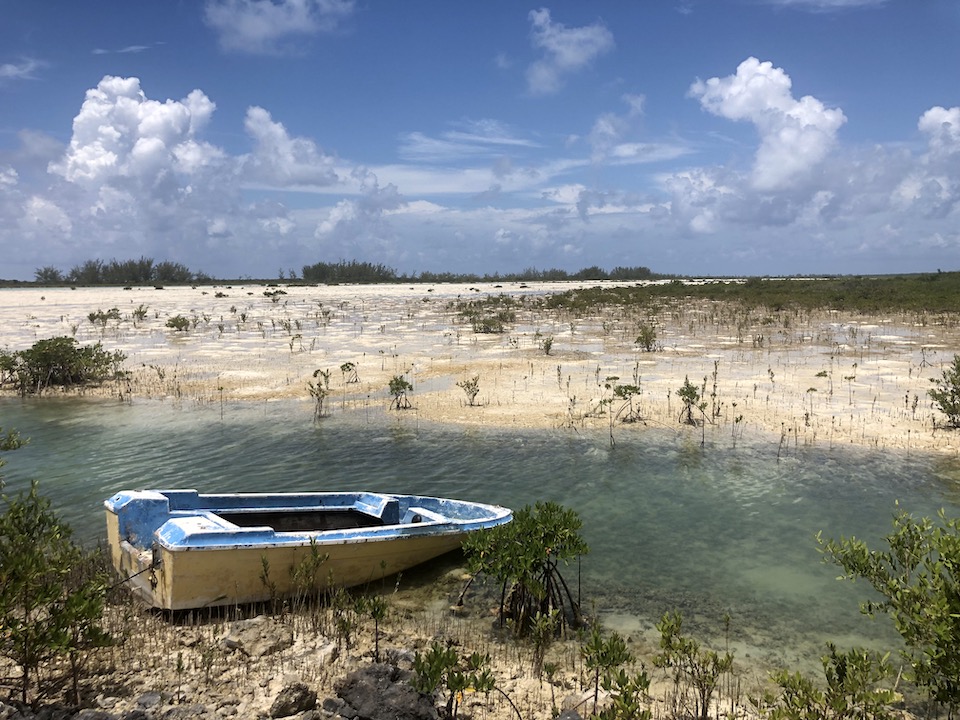
This is Deep Creek, a secret bonefishing spot where the only sounds are the hum of the casuarina trees and the laps of the flats, a place where you can hear the earth and turn off the volume of the world.
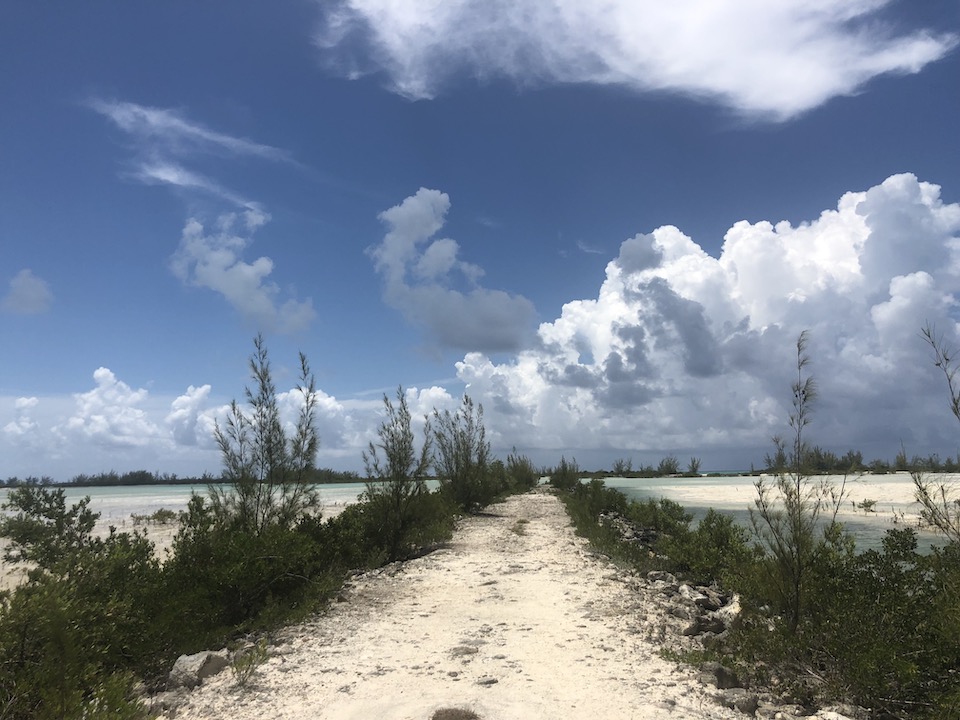
But our journey is taking us beyond Deep Creek and the Cape, taking us to the other side of the fork on an expedition for Eleuthera’s greatest beach.
WE GET to the very southeastern tip of Eleuthera and reach the island’s most famous pilgrimage point, Lighthouse Beach, the kind of storybook stretch of sand that naturally requires a four-by-four and manages to turn a few miles into a 40 minute excursion.
We finally reach it and find a beautiful coastline, with all of the boxes ticked: the turquoise, the white sand, the cliffs.
It’s beautiful, to be sure, but we start to wonder if this is truly the place.
It’s at that point that a group of Italian tourists motion for their friends to come join them.
“This way!”
This beach, it seemed, was simply the decoy beach, a booby trap for beach hunters lacking patience, filled with travelers who had traveled far enough that they were convinced that, once they had completed the bumpy trip across those cracking roads, they’d be rewarded with Lighthouse Beach.
But they were wrong.
There is another beach.
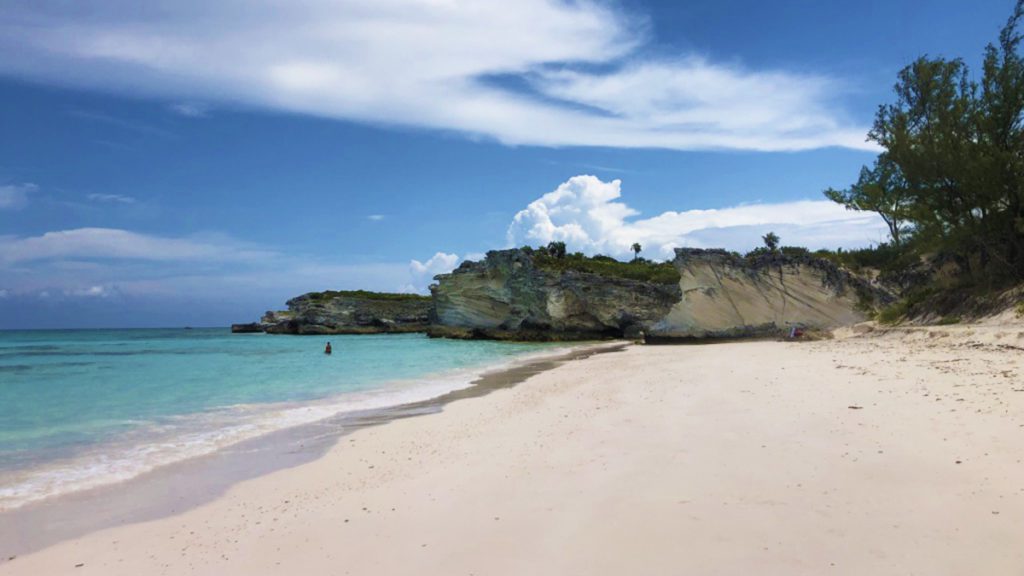
After a 30-second walk the other way across a dune, we see what really brought us here.
It’s idyllic, spectacular, the South Pacific-meets-the-Caribbean, a brilliant beacon for weary sand seekers, the end of Eleuthera’s 112 miles and its most fitting, most wonderful point.
We had finally found the bottom.
— CJ
New USVI Legislation Aims to Spur Hotel Development
